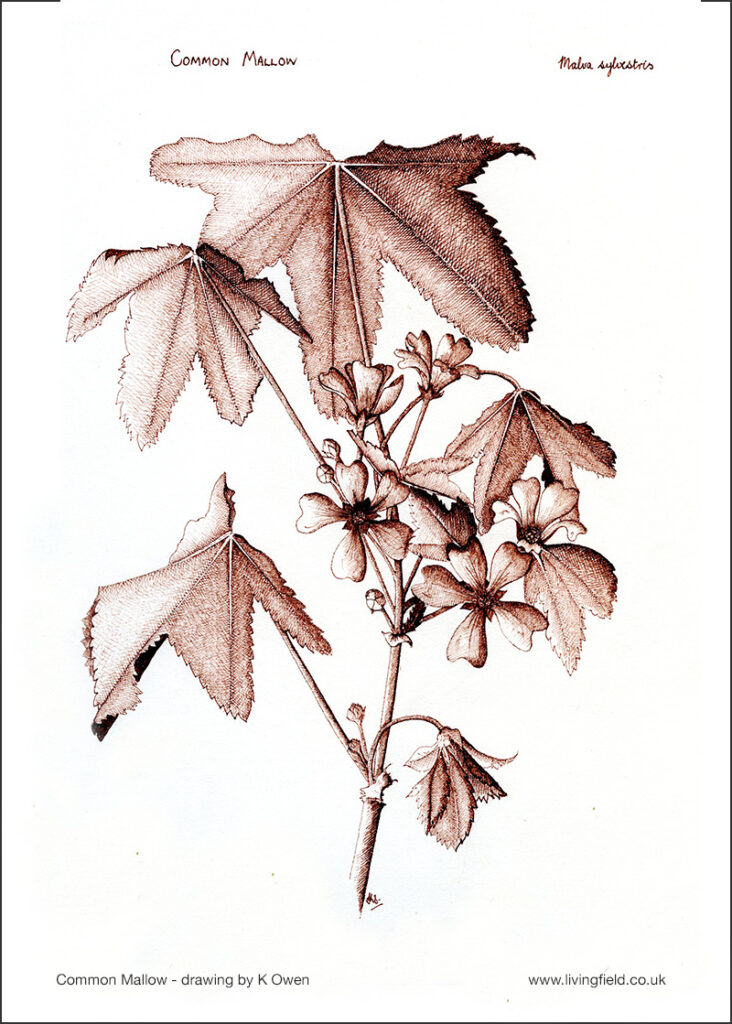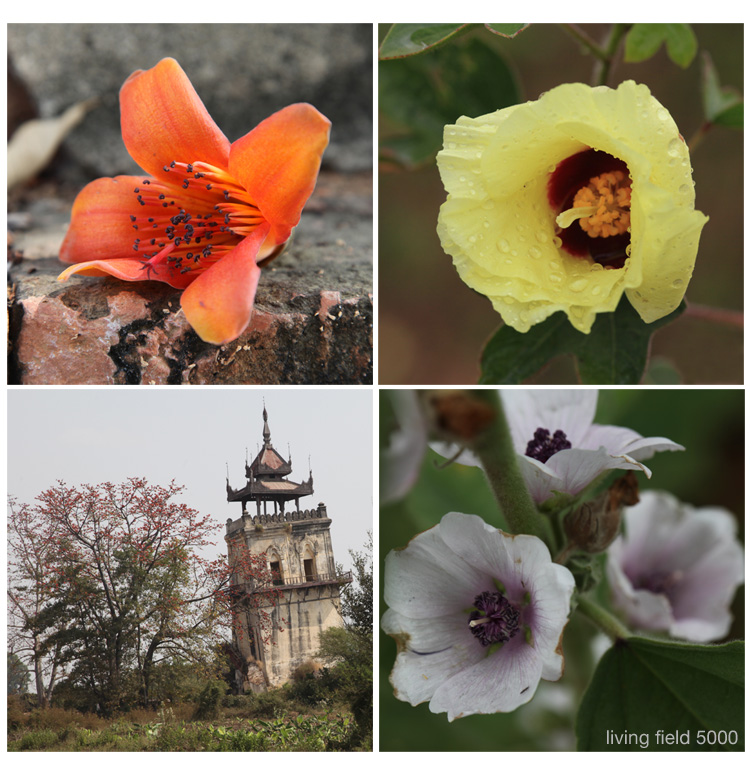
Weed, ointment, snack?

sustainable croplands

Of the photos taken at the Commonwealth Games fabulous opening night in 2014, the one icon of note missing from the collection was the Tunnock’s Teacake, the giant red and silver teacake replicas on legs, cavorting around the arena … not a single photo turned out.
That’s why we added the nearest thing – the marsh mallow. This plant was the source of marshmallow, the sticky confection used in cakes and now mostly replaced by other sweet sticky stuff, still called marshmallow. Yet it’s the hairy relatives of the marsh mallow that are more widely cultivated.

The marsh mallow Althea officinalis is a plant that lives in marshes and is one of the mallow family – that is why it came to be known as marsh mallow – but it also be grown in gardens and the Living Field has a few individuals in its Medicinals collection. The name officinalis indicates its use by the apothecary, in this case as a poultice, something to put on wounds. The plant has a darkness about it, the not-quite-white flowers never without a purplish tinge spreading up from the base, but its value to people over the ages is unquestioned.
This mallow family has many other useful plants in it, notably two that are valuable because of their fibres. Cotton and kapok are from warm countries and, unusual among the fibre plants, produce the fibrous material around their seeds, whereas most commercial fibre plants produce it in their stems. Cotton is now grown worldwide, over more area than any other fibre crop. Kapok is less familiar – the fibres used to be stuffed in pillows and furniture – but most kapok now sold is artificial, not made from the plant, but still called kapok.
The flowers of these plants are similar, the parts arranged in ‘fives’. (The specific name of kapok is Ceiba pentandra). But plants of the mallow family differ in many other aspects. Mallows in Britain are small or large perennial herbs, the marsh mallow reaching one and half to two metres; cotton can reach two to three metres; but the kapok is a big tree. An example is shown at the lower left of the images above, the red flowers colouring the outer branches of the tree, this one near Mandalay in Burma.
There is more on cotton and kapok on the living Field’s new Fibres pages, part of the 5000 years project.